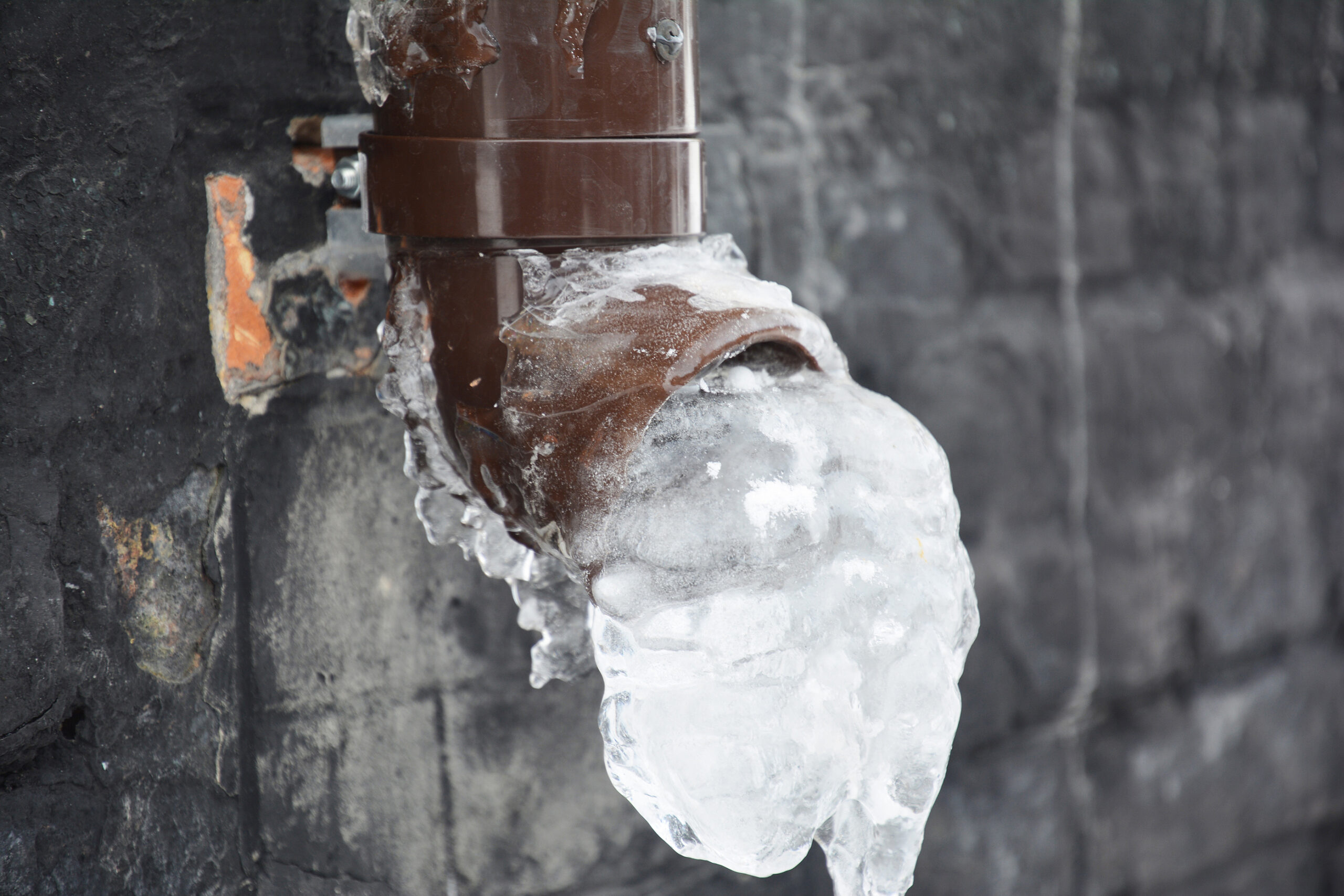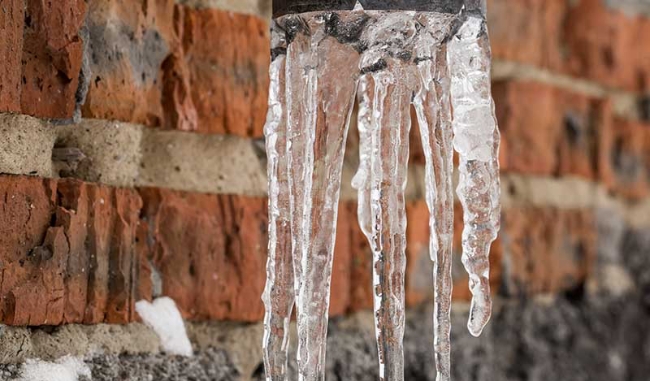Ways to Protect Your Pipes from Cold Weather: Professional Tips
Ways to Protect Your Pipes from Cold Weather: Professional Tips
Blog Article
How do you actually feel about How to Prevent Your Pipes From Freezing?

Winter can wreak havoc on your plumbing, particularly by freezing pipes. Below's how to stop it from taking place and what to do if it does.
Intro
As temperatures drop, the threat of icy pipelines increases, possibly causing costly fixings and water damages. Recognizing exactly how to avoid icy pipes is important for house owners in chilly climates.
Understanding Icy Pipelines
What causes pipelines to ice up?
Pipelines freeze when exposed to temperatures listed below 32 ° F (0 ° C) for prolonged durations. As water inside the pipelines ices up, it expands, putting pressure on the pipe wall surfaces and potentially triggering them to burst.
Dangers and problems
Frozen pipelines can result in water system disturbances, residential or commercial property damage, and costly repair work. Ruptured pipes can flooding homes and trigger substantial structural damages.
Indications of Frozen Pipeline
Determining frozen pipes early can stop them from bursting.
Exactly how to recognize frozen pipes
Try to find lowered water circulation from faucets, unusual smells or sounds from pipes, and noticeable frost on revealed pipes.
Prevention Tips
Insulating vulnerable pipelines
Cover pipes in insulation sleeves or make use of heat tape to secure them from freezing temperatures. Focus on pipelines in unheated or external areas of the home.
Home heating strategies
Keep indoor rooms properly heated, particularly areas with pipes. Open up cupboard doors to allow cozy air to flow around pipes under sinks.
Shielding Outdoor Plumbing
Garden pipes and outdoor taps
Disconnect and drain pipes yard pipes before winter months. Set up frost-proof faucets or cover outside taps with protected caps.
What to Do If Your Pipelines Freeze
Immediate actions to take
If you suspect icy pipes, keep taps available to relieve stress as the ice thaws. Utilize a hairdryer or towels taken in warm water to thaw pipes gradually.
Long-Term Solutions
Structural modifications
Consider rerouting pipes away from outside walls or unheated areas. Add extra insulation to attics, basements, and crawl spaces.
Updating insulation
Buy high-grade insulation for pipes, attics, and wall surfaces. Appropriate insulation helps keep regular temperature levels and minimizes the risk of icy pipes.
Conclusion
Stopping frozen pipelines needs proactive actions and quick feedbacks. By recognizing the causes, indicators, and preventive measures, home owners can safeguard their pipes throughout winter.
5 Ways to Prevent Frozen Pipes
Drain Outdoor Faucets and Disconnect Hoses
First, close the shut-off valve that controls the flow of water in the pipe to your outdoor faucet. Then, head outside to disconnect and drain your hose and open the outdoor faucet to allow the water to completely drain out of the line. Turn off the faucet when done. Finally, head back to the shut-off valve and drain the remaining water inside the pipe into a bucket or container. Additionally, if you have a home irrigation system, you should consider hiring an expert to clear the system of water each year.
Insulate Pipes
One of the best and most cost-effective methods for preventing frozen water pipes is to wrap your pipes with insulation. This is especially important for areas in your home that aren’t exposed to heat, such as an attic. We suggest using foam sleeves, which can typically be found at your local hardware store.
Keep Heat Running at 65
Your pipes are located inside your walls, and the temperature there is much colder than the rest of the house. To prevent your pipes from freezing, The Insurance Information Institute suggests that you keep your home heated to at least 65 degrees, even when traveling. You may want to invest in smart devices that can keep an eye on the temperature in your home while you’re away.
Leave Water Dripping
Moving water — even a small trickle — can prevent ice from forming inside your pipes. When freezing temps are imminent, start a drip of water from all faucets that serve exposed pipes. Leaving a few faucets running will also help relieve pressure inside the pipes and help prevent a rupture if the water inside freezes.
Open Cupboard Doors
Warm your kitchen and bathroom pipes by opening cupboards and vanities. You should also leave your interior doors ajar to help warm air circulate evenly throughout your home.

As a passionate reader about Preventing and dealing with frozen pipes, I figured sharing that excerpt was a good thing. If you appreciated our page if you please remember to share it. Bless you for being here. Return soon.
Book Appointment Report this page